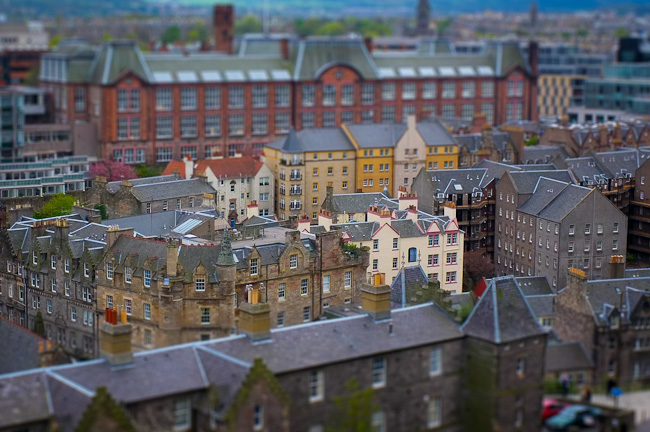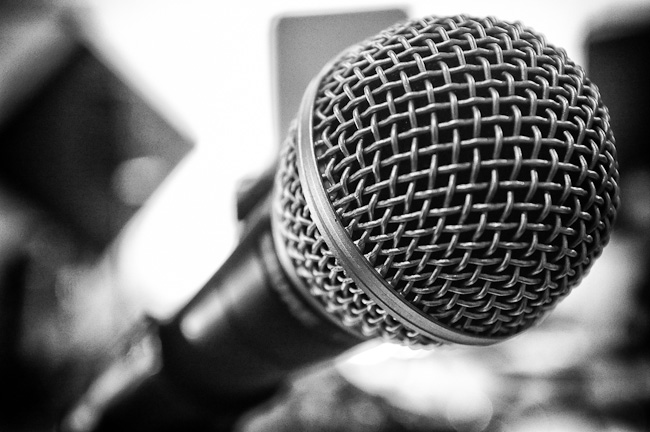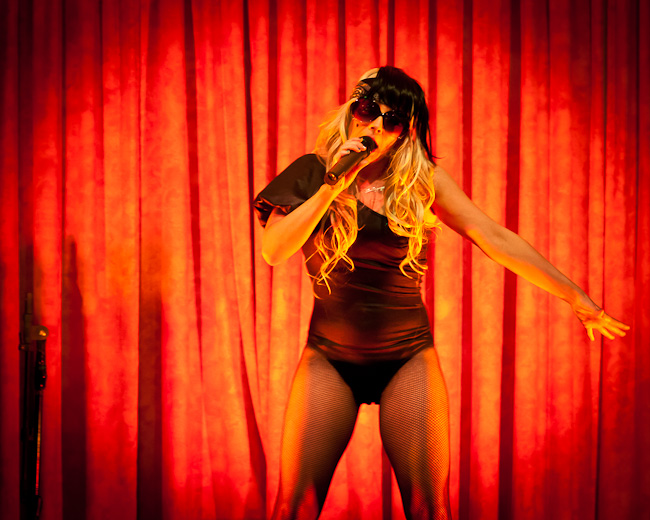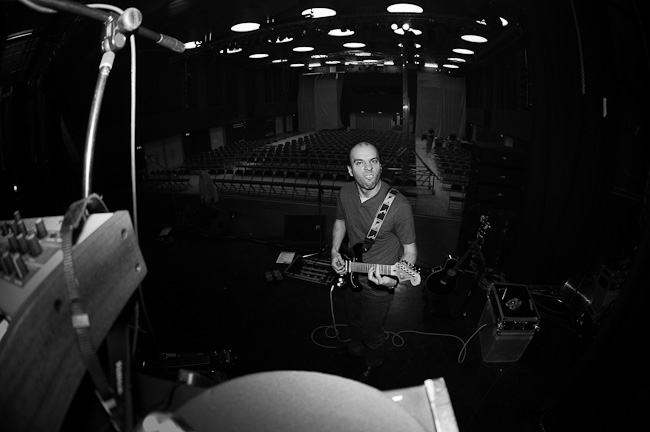 The X-Pro1 arrived a few days ago with the 35mm f1.4 and 18mm f2. I haven't ordered the 60mm f2.4 at this point, but I might add it later as the buzz on the net states that it's very sharp. I'll review the lenses in a separate post as this one will be long enough with just the camera. I would also like to use each lens exclusively for a few days, to get a real feel for them individually.
The X-Pro1 arrived a few days ago with the 35mm f1.4 and 18mm f2. I haven't ordered the 60mm f2.4 at this point, but I might add it later as the buzz on the net states that it's very sharp. I'll review the lenses in a separate post as this one will be long enough with just the camera. I would also like to use each lens exclusively for a few days, to get a real feel for them individually.
I have included a star rating (out of 5) for each section of this review.
All photos in this post are straight out of the camera (except for a little blurring on the 3rd photo) and shot in standard (provia) mode.
PACKAGING ****
The packaging for the Fujifilm X Series is really nice and certainly gives the impression of quality before you even open the box. The box for the X-Pro1 is similar to the X100's, but not quite as classy on the outside or the inside. The X100's was more like a jewellery box with a silk lining. The X-Pro1 box is nice, but doesn't have the same finish and has cut-out foam for the camera (which probably provides more protection). The lenses have similar boxes and are really well padded, with slots in the foam for both lens and hood. Soft bags are included for each lens, which would protect against scratches, but not dents.
The X-Pro1 body felt light when I lifted it out of the box, but it feels about right when a lens is attached. After walking around with the body and lens in my hand for half an hour, I came to the conclusion that I wouldn't want it any heavier.

BUILD QUALITY ****
Like the X100, the build quality is very high. The dials all have that nice old school click that is so fantastically 1970's. The leather-like finish on the body feels really good and the grip for the right hand is non-slip rubber. Everything feels tight and well made. If you equate weight with quality, you might think it feels a bit cheaper than you would have thought.

VIEWFINDER ****
The X100 wins in the viewfinder stakes hands down. it's bigger and brighter than the X-Pro1. Looking through the X100's viewfinder for the first time is a memory that is permanently etched in my brain, it is simply gorgeous! The X-Pro1 is not bad by any means, it's just not as big when you look through it. I don't know why there hasn't been much said about this on the net so far. I assume the reason it's a smaller affair is something to do with the magnifying lens that slides in place when different focal length lenses are used.

CONTROLS ****
The buttons on the back of the camera are much improved and are now flatter. Their new positions are a big improvement, I'll need more time before I can use them without thinking as my fingers are going to where the X100's would be. The bulge at the right hand side on the back stops accidental movement of the exposure compensation dial and is a nice grip for your thumb. It also has the Q button and the AF-L/AE-L button, but the later is not ideal if you are a back button focus kind of shooter as the button is almost at the edge of the camera, rather than under the thumb. The focus mode switch is on the front of the camera and is similar to the one found on the X10. This is much better and has the two most common focus modes (manual & single) at either end of the switch, with continuous in the middle, which saves you from having to look at the switch when shooting.

FOCUS ***
Manual focus is much much better than the X100 (even after the latest X100 firmware). It's still not fantastic, but it takes less turns. The problem with using the focus ring is that the amount of turns it takes seams to be determined on how fast you turn it. This makes it hard to judge how much to turn the ring, so it can never become intuitive. In my opinion Fuji should abandon the 'by wire' electronic focus and implement a traditional mechanical approach. If you're a manual focus kind of shooter (under the age of 40 with good eyesight), then you would probably be better of with the Leica adaptor and either Leica glass or the new SLR Magic's 50mm f0.95.
Auto Focus has some issues that will hopefully be addressed in future firmware upgrades. I like to use the focus correction option in the OVF, which has two focus boxes that sit diagonally to each other. As you get closer to a subject the focus area gets nearer the bottom right box and vies versa. The problem is that even if you are in the exact same spot, the camera can change it's mind each time you half press the shutter. It doesn't do it a lot, but it does do it. Fuji is probably working on fixing this glitch and hopefully it will be improved. I first tried the AF in a cream room under Florissant light and I wasn't impressed. In fact I gave it a real bashing when writing this section, but after shooting out on the street last night at 11pm, I deleted my original text as the AF performed fantastic in very dark conditions. The focus can hunt sometimes in areas where there is little contrast, but otherwise focus is faster than it's little brother. Focus outside in daylight conditions is pretty good, although it's still very much Fuji's weakness. I hope I'm not being too hard on the focus as like the X100, it will probably take a bit of time using the camera to adapt. The two cameras are less alike than I had expected.
Continuous AF is fairly useless as the focus point is stuck in the centre of the frame.

SENSOR *****+
Waw waw waw! This is the most awesome sensor in the history of anything below the size of medium format! The colours are just fantastic and and the resolution is stunning! Fuji have created a masterpiece. That stuff I just wrote about the focus...eh, who cares about that trivia? Did I mention the sensor is jaw droppingly spectacular? As a Nikon shooter, I tend to envy some of the tones from Canon sensors, especially skin tones. But not anymore. The X-Pro1 triumphs them all. This is the first digital camera I have owned that I would be happy to use the files without any computer work. Just think how much time this could save in post. You could select your best few to make into art pieces in photoshop, but the rest could be left as they are. This is the way forward, we're losing years of our lives to computers!

SHUTTER *****
One of my favourite things about the X100 is silent mode. It really is silent and you don't even know if you have taken a photo (if you're weakening it from sleep mode you probably haven't). As the X-Pro1 has a focal plane shutter instead of a leaf shutter, it can't do silent. But...the shutter sound is fantastic. It not only has a nice fat mechanical sound, you can feel the thud coming through the camera. The shutter sound is not a daft recorded tone, it's the actual real old school sound and it's gorgeous!

HIGH ISO PERFORMANCE *****
The X-Pro1 has fantastic low light performance. I thought the X100 did well at 3200 ISO, but the X-Pro1 does it even better. I've no doubt that there's some secret sauce magic going on in the camera and I would't be surprised if it was based on the noise reduction in Lightroom 3 or 4. The X-Pro1 has that same soft creamy look, which isn't a bad thing, in fact it was a big leap forward for Adobe. Shooting at 3200 ISO is something that you won't think twice about.

CONCLUSION
The X-Pro1 is a different beast from the X100. The strange thing is that the strengths of both cameras are complete opposites. The X-Pro1 is more versatile due to it's ability to change lenses, but the strength of the X100 is it's fixed lens. Sometimes the less things to think about when shooting, the better, not having the option to change lenses can be liberating. On the other hand, there have been times when I haven't bothered to take a shot because I new I couldn't get close enough to the action. Having both these cameras will give me the best of both worlds. The X-Pro1 does have the most accurate auto white ballance I have ever seen!
I was slightly worried that the X-Pro1 would take over and make me neglect the X100. Not so, in fact having the new beast has made me appreciate the X100 even more. Shooting with X-Pro1 is a joy to use and it's almost everything Fuji claims it is, but the viewfinder on the X100 is magical!
Can the X-Pro1 be used as a pro camera?...yes! Can it replace a DSLR?...yes! (unless you shoot fast action). Does it replace the X100?...no!

I think this camera will shine more in a documentary style. War photographers should welcome it with open arms. I'd rather run for my life with one of these cameras than a big DSLR and matching bulky lens. It's also a great portrait camera. I'm sure it will be great for street photography, but I wasn't feeling it as much as the X100. To be honest though, I went out on the street yesterday, but couldn't really get in the zone, which happens sometimes.
The sensor alone makes the X-Pro1 worth buying, but even if it had the same sensor as the X100, it would still be a great camera and I highly recommend it. If you had an X100 and sold it because you didn't like the auto focusing quirks, then do not buy this camera. It does focus faster in both auto and manual, but it also has some quirks. If on the other hand you are like me and thousands of others that own and love the X100, and you want the ability to go to a longer focal length, or need even better low light performance, then buy the X-Pro1 as soon as your finances allow. If you are are thinking of changing your X100 for an X-Pro1, I would highly recommend saving up the extra cash to allow you to keep both. You won't regret buying the X-Pro1, but you will regret selling the X100.

I'll be posting more shots here over the next few days, months, years, so please come back now and then or follow me on twitter for updates @derekclarkphoto. I will also be posting black and white street photography to my other blog at 35mmStreet.com. My documentary website DerekClarkPhoto will be shot almost exclusively with the X series cameras.
I will review the lenses in a future blog post.
I have just received a fantastic bag from Lowepro, so if you are in the market to buy a great bag that's suitable for the X-Pro1, X100 or just system cameras in general, check back here for my review next week.
 There's more similarities between the X-E1 and the X-Pro1 than not, so I won't go over old ground here. You can find plenty on both the X-Pro1 and the X100 elsewhere on this blog, so I'll just give a brief roundup of the few differences and how this new camera feels.
There's more similarities between the X-E1 and the X-Pro1 than not, so I won't go over old ground here. You can find plenty on both the X-Pro1 and the X100 elsewhere on this blog, so I'll just give a brief roundup of the few differences and how this new camera feels.



















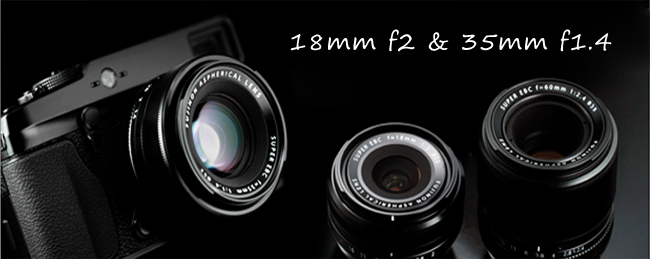


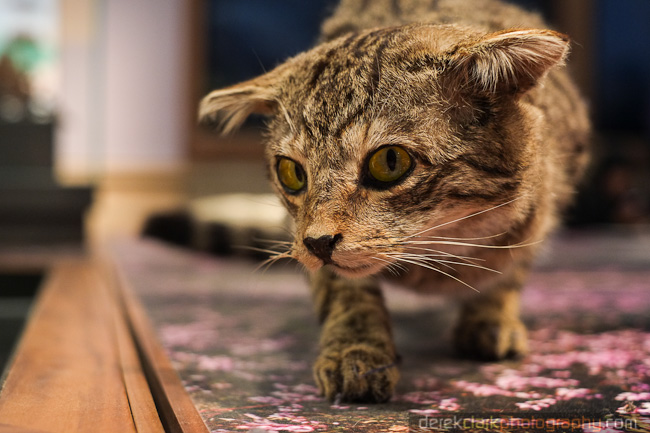












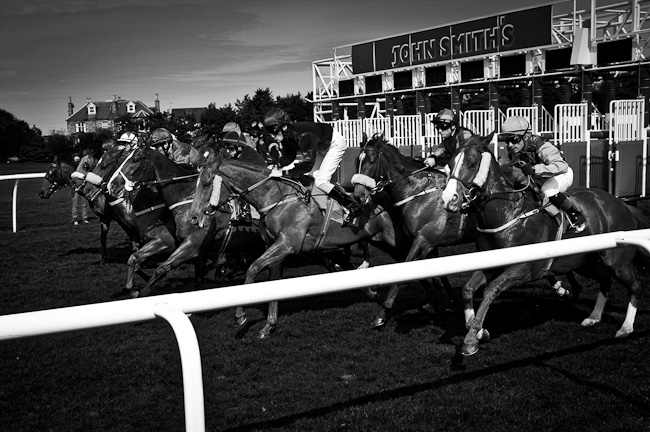
 THIS PHOTO HAS BEEN MY MOST COMMENTED ON STREET SHOT ON MY 35mmSTREET PAGE OVER AT
THIS PHOTO HAS BEEN MY MOST COMMENTED ON STREET SHOT ON MY 35mmSTREET PAGE OVER AT 


